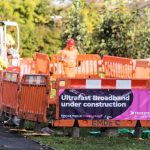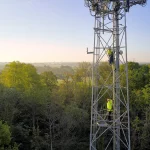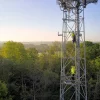Openreach Test Low Level Error Correction on New FTTC Broadband Lines
Openreach (BT) has started a new Proof of Concept (PoC) to test the application of “low level error correction” on new Fibre-to-the-Cabinet (FTTC / VDSL2) broadband lines, which they hope could result in fewer customers raising fault reports.
At present new FTTC lines are initially provided on a line profile with their speed capped at the product rate and no error protection. “This can lead to [a] customer raising faults before [Dynamic Line Management] starts working due to excessive data errors which impact their broadband service,” said Openreach.
The DLM system is used to control the speed and stability of related lines, although after first provision it usually takes about 48 hours before this is introduced (your speed may go up or down depending upon how stable DLM thinks the line is). The error correction involved, if enabled, may also increase the line’s latency.
Advertisement
However Openreach are keen to understand what would happen if they applied a low level of error correction, before DLM is fully enabled. At present this is just a test but we’ll keep an eye on it to see whether it develops into a new feature and what impacts are observed. At this point the operator hasn’t released any further detail to the public, but ISPs can access a private briefing (here).
NOTE: We should point out that other features of FTTC, such as G.INP (Physical Retransmission – ReTX), could also be described as a sort of error correction technology but that is not related to this development.
Mark is a professional technology writer, IT consultant and computer engineer from Dorset (England), he also founded ISPreview in 1999 and enjoys analysing the latest telecoms and broadband developments. Find me on X (Twitter), Mastodon, Facebook, BlueSky, Threads.net and Linkedin.
« Southwark Council Set Plan to Rollout Wireless Broadband in Rotherhithe
















































Comments are closed